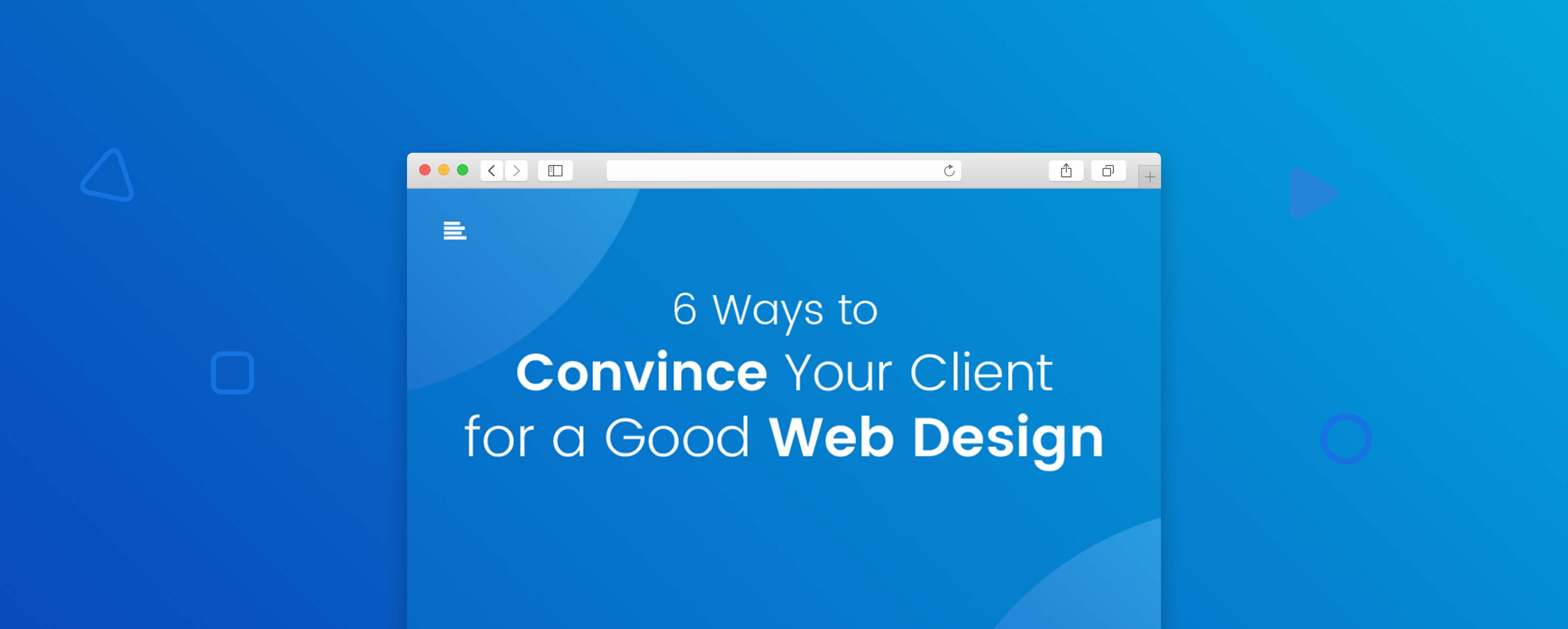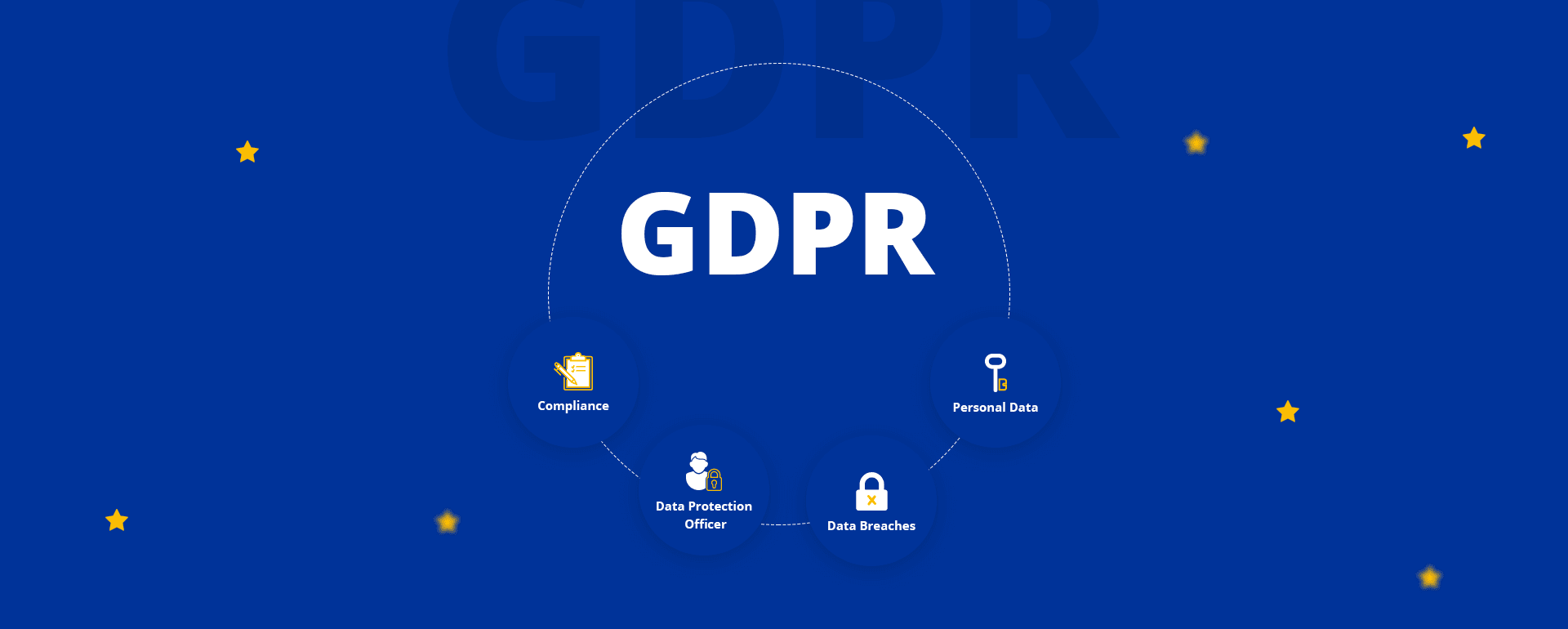Google looks for simplified, user-friendly, and block full of juicy, relevant content. And for all of that you need a well-designed website. As a web designer, you probably know it. But what about your clients?
When it comes to defining good web design and bad web design, you and your client don’t agree most of the time.
Clients want a more prominent logo, crazy color pallet, more text on the website. But you know it isn’t suitable for the site. You want less text, curated color pallet, etc.
As a web designer, you must have faced one awkward, uncomfortable situation and that is guiding your client towards a good web design.
You should supervise and lead them through project’s twist and turns, ensuring the best interest of the client. And with some client that can be painful work, as a result, conflict arose between client and you. But it’s probably important to make them understand a good web design is always useful.
To avoid conflict, you have to convince them about the result.
I won’t say, all of the time it will work. Sometimes you have to give it up to your stubborn client, but at least you tried.
And what do you need to convince them?
Here are some tips and techniques to overcome butting head situation with your clients. These attempts may work separately or in combination but at least help you to find a way.

Sort out Technological Gap
The challenge is to educate clients about the difference between good and bad design.
What is a great design?
Great design carries the intended goals with as little distraction as possible.
But being neat in design is not an easy deed. You have to make your client understand this.
Business owners need to understand it’s all about what features should be added to a web design and whatnot.
Most of the time they won’t understand this simple thing and will want every kind of elements they can get. So you can use your expertise here.

Offer Long-Term Values
Make them feel long-term values of a well-designed website. You should tell them if their web design is not right, it will cost them real money.
Today, people use internet for searching products, services, and information. Ranking depends on how people relate and react to a website.
If the design is not good enough, people will not engage with that site. Hence, visual appealing is a must for website’s success. It helps to create a long-lasting relationship with the customer.
Share this simple information with your target clients. Then see the magic.

Establish Authority
Remind them a little thing. Why they hired you? That doesn’t mean roaming around with testimonials and credentials. What I suggested is sensitively remind them you are the expert.
Constantly project towards them a passionate professional image of yourself.
Remind them of your skills and ability are what made this project real. Never give the client a chance to doubt you. If you are distracted for any reason, don’t let them get the sense of that.
When the clients tell you to make a questionable change, don’t refuse at once. Listen to them though you know this is not the best solution.
Then after some moment, you can say, I know what you are trying to say. However, given proper time and concentration as an expert, I don’t think this is best for your company.
In short-
- Always Keep your skills at the forefront of their mind.
- Show them you are passionate.
- Make them trust you.

Teach with Measurable Successes
Let’s say sensible reminder about your expertise doesn’t work for your consumer. Then what?
Educate them with the success stories about elements that have worked out in the market.
Do remember, this is not always a best approach or practice. Some of your clients might feel offended by this. But most business professionals are receptive to it.
Such comparison can be adequate to convince them. If your client thinks you are not listening to his work, share a similar project you worked on. By that, they can relate to the effectivity of your plan.

Make It Their Idea
One of the smart ideas is to make them feel you designed with their concept. Sometimes it’s worth not taking too much credit.
And essentially, it will become their idea. Many time it seems hard. But once you try it will be not that hard.
Mostly, show them how the design fulfills their original goals. Demonstrate them the design as in; it reflects their idea. And this liberates you from telling them that they are wrong.
Practically, this is reverse-psychology. It has worked for many web designers in the past. Most of the time this technique works wonderfully on clients.

Ask Questions
While convincing your client about the ROI(value) of a comprehensive web design is defying task, it is critical indeed. Ask your client as many questions as possible.
Ask them-
- Important message their website needs to convey
- Flyer Design message
- CTA, etc.
In The End
Most importantly, listen to your clients. Most of the time You will be able to sort out the difference. However, if your client insists to design without following best practices talk to him. Or, it will hurt you end of the day.





5 Comments, See all Comments